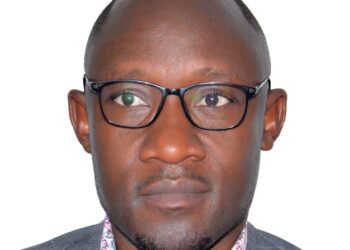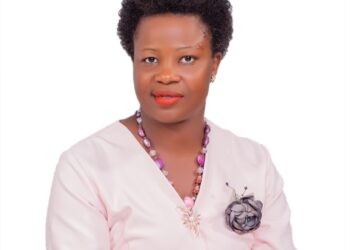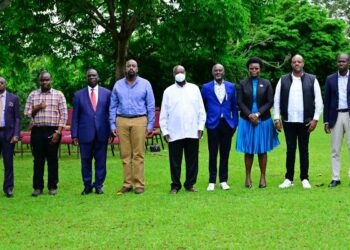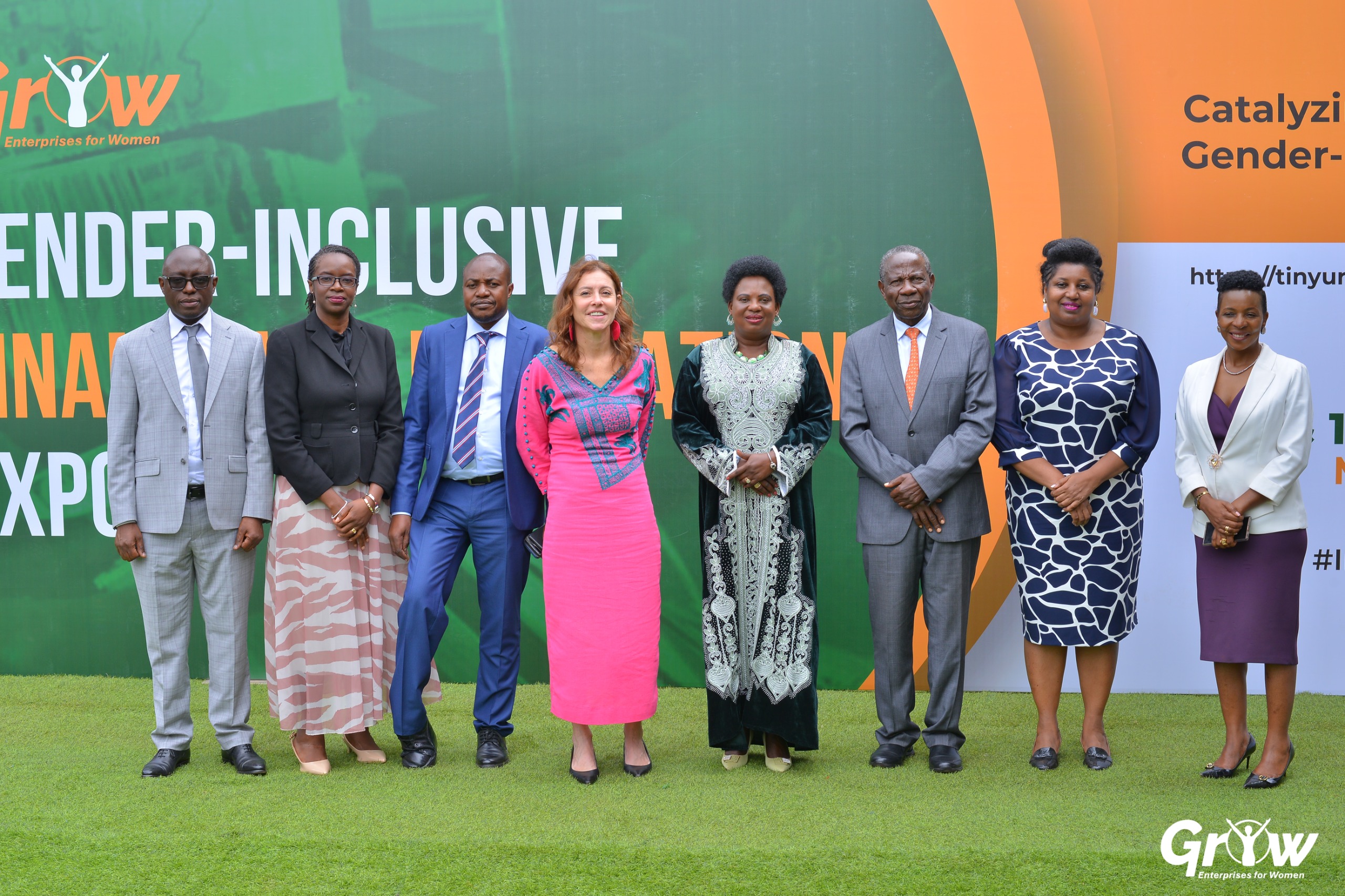Introduction : Today more than half of the world’s population live and work in urban areas. Much as the country draws attention to the security and health of the people, engineering road works and other infrastructural programs, the central government of Uganda should dedicate similar efforts to taming the increasing rate of informal and illegal land subdivisions that has been given platform to deteriorate urban planning through uncontrolled urban sprawl, encroachment on open spaces, wetlands and creation of slummy communities.
Similarly, the same efforts that the government extended to curb the spread of cancer disease should be extended to all urban planning institutions in a bit to terminate the persisting development immorality with an aim of creating sustainable neighborhoods that will favor livability, connectivity, and efficient existence of the current and future population.
Substandard and illegal land subdivisions are cancerous
Urban planners have referred it to a “Development Cancer” that is yet to explode into enormous environment and climatic challenges as the case was with the recent flooding and high urban temperatures in Kampala metro city. This development cancer as was referred to was first identified by the State of land use compliance report for Uganda’s urban local governments that was published by the Ministry of Lands Housing and Urban Development in September, 2016 where it noted that land subdivisions were generally being carried out without the involvement of technical staff at the Town Councils yet they are in charge of enforcing development control and guiding developments in their areas of jurisdiction.
Distinctively, the technical staffs at the respective Town Councils assert that the central government has not empowered them to respond to such issues. Others affirm that the illegal subdivisions are driven politically by a few people especially those that benefit financially including surveyors, brokers, real estate companies, land owners and some politicians.
Additionally, there has not been debates established on how the urban poor access land for development and settlement at national level where policy reforms, development directions and practical solutions could be established to revive the decaying towns like Kakiri in Wakiso, Kalagi in Mukono, Mpigi and others where coercions of increasing population and sprawl are rampant.
The substandard and illegal land subdivisions have created room for continuous uncoordinated encroachment into rural agricultural lots, open spaces and environmental areas thereby creating a generalized character of a typical Ugandan town branded with floods, narrow roads, unsanitary living conditions, disconnected neighborhoods, slum developments, inequalities and others.
In fact on several occasions, the National Physical Planning Board has rallied against this cancer in speeches, workshops, debates, consultations and during policy formulation though until now it has attracted less or no attention by the top most leadership.
Private sector involvement
The flabbergasting demand for housing and land for development has officially fancied increased participation of the private sector in the process of land subdivision through land banking, real estate development and land broking. Unfortunately, this kind of favoritism has acted to the advantage of defectors thus declining the role of government in creating conditions conducive to land supply by eliminating legal and regulatory constraints.
While many towns continue to contravene planning standards and regulations, National Televisions and Radios have also given chance to the self-made informal land brokers to advertise and persuade the populations to buy substandard plots, create slums and spread unethical information in a way that jeopardizes Urban Planning Principles of order, health and connectivity. This has been recorded as a major trigger for spreading the said development cancer and immorality.
Way Forward : Therefore a comprehensive solution to the growing land subdivision cancer requires a collaborative effort from all government agencies, local authorities, developers, land owners and the affected communities through the use of technologies like GIS, better land use planning strategies, law enforcement and restrictive government policy reforms like halting all broadcasted information related to substandard plots and noncompliance to planning schemes.
Conclusion : None the less, its against the above background that the thinkers of this country need to handle the situation with sanity through seeking to reflect on the transitional processes that would shift the mandate of declaring special planning areas, land subdivisions back to government technical departments.
The writer is a Physical Planner
Lubadde Rahim – lubadder@gmail.com
Do you have a story in your community or an opinion to share with us: Email us at editorial@watchdoguganda.com














